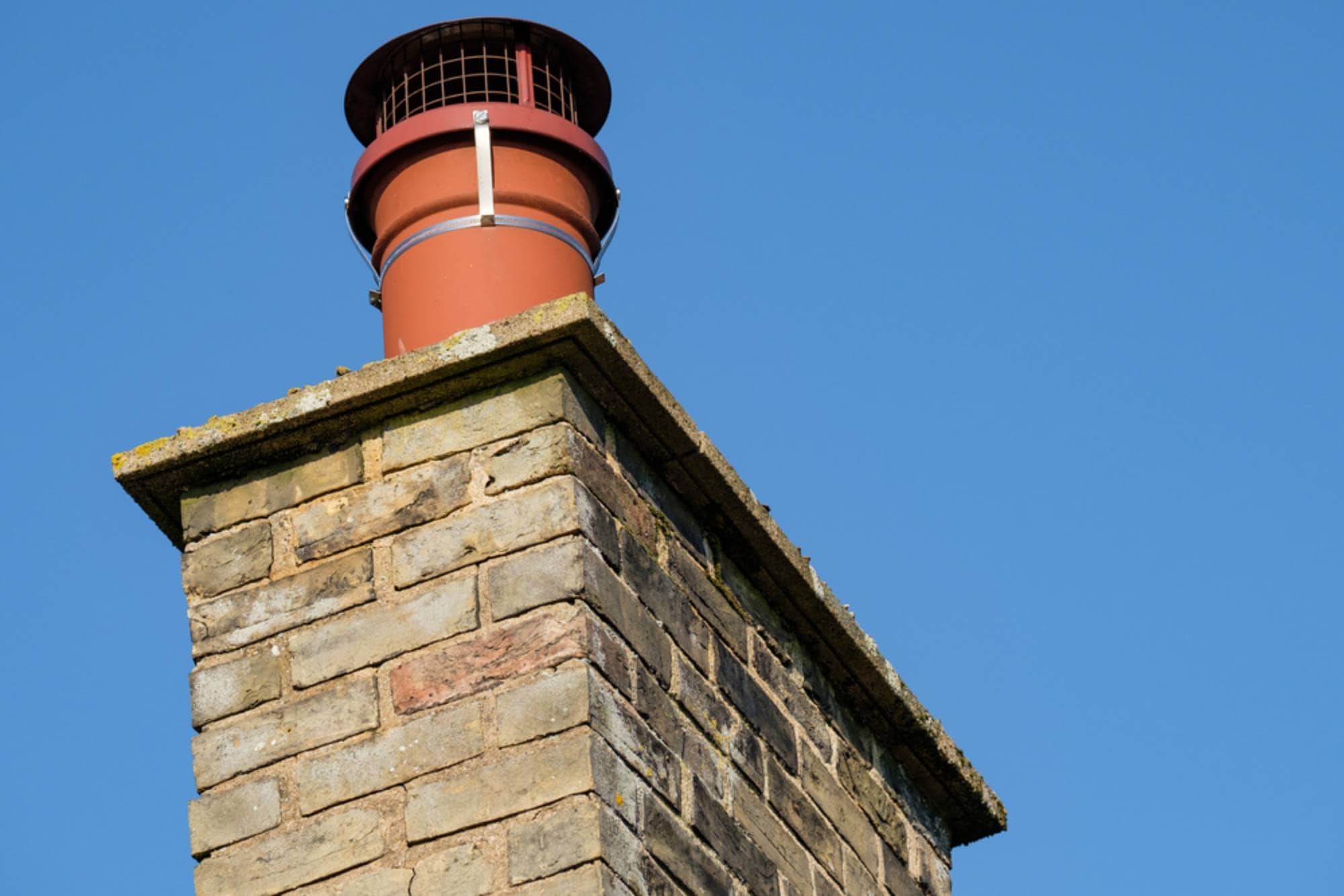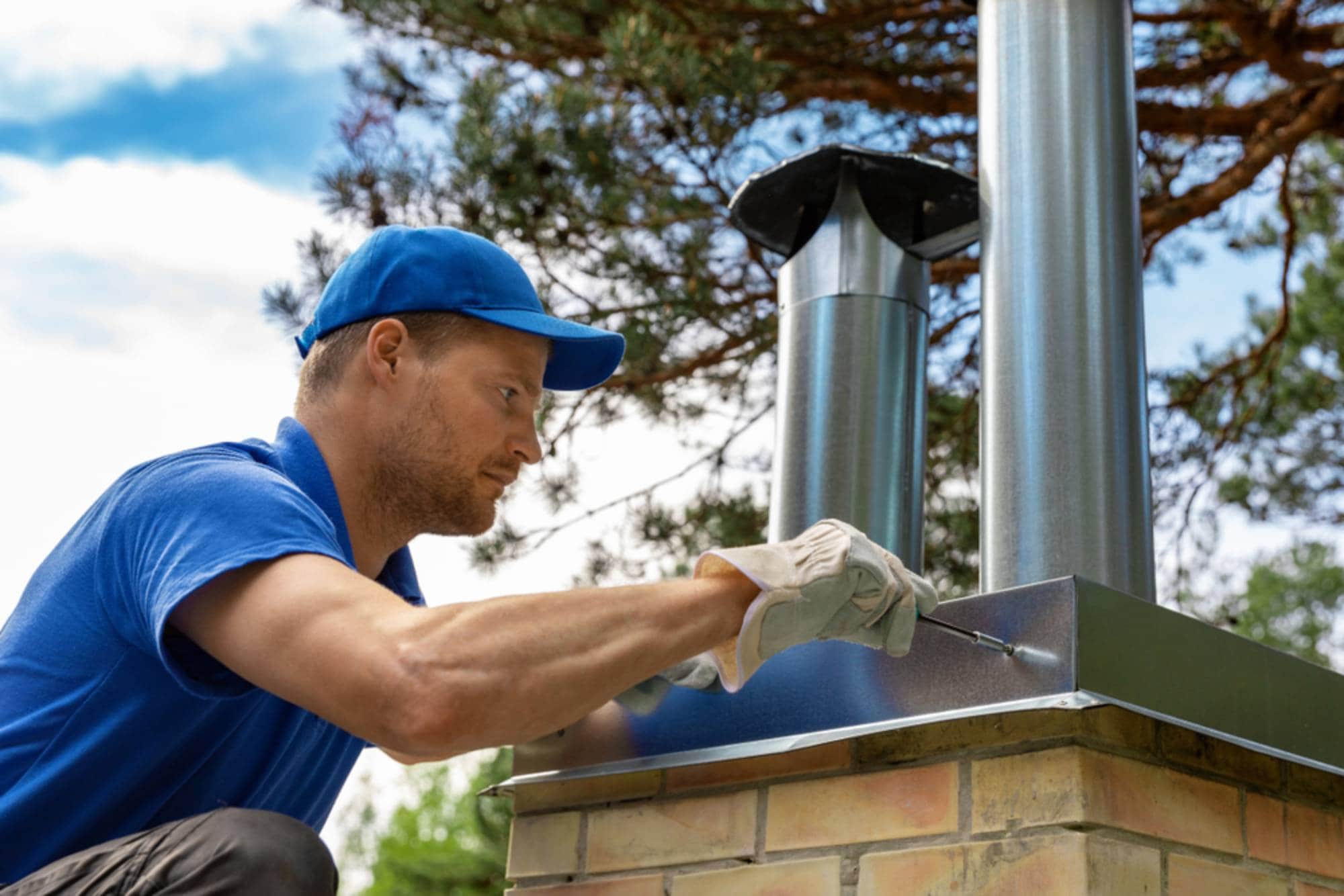Professional chimney cap installation that keeps your Scituate home safe from costly water damage, unwanted animals, and dangerous debris.

Hear from Our Customers

You won’t have to worry about rain destroying your chimney’s interior or squirrels building nests in your flue. A properly installed chimney cap blocks water from seeping into mortar joints where it causes expensive damage over time.
You’ll also sleep better knowing sparks can’t escape and ignite your roof or nearby trees. The right cap improves your fireplace’s draft while keeping cold downdrafts from pushing smoke back into your living room.
Your heating system works more efficiently when your chimney isn’t leaking conditioned air through gaps at the top. That means lower energy bills and more consistent temperatures throughout your home.
Above and Beyond Chimney has been protecting homes throughout Providence County for years. We understand how coastal moisture affects chimney brickwork and the specific challenges that Rhode Island’s freeze-thaw cycles create for homeowners.
Our technicians know which materials hold up against your local weather patterns. We’ve seen what happens when chimney caps fail during nor’easters, and we install every cap to withstand the conditions your home actually faces.
You get straightforward recommendations based on what your chimney needs, not what generates the biggest invoice. We explain our findings clearly and answer your questions without the sales pressure you might experience elsewhere.

We start by inspecting your chimney’s condition and measuring the flue opening for a precise fit. You’ll know exactly what type of cap works best for your specific setup and why we recommend certain materials over others.
Installation typically takes 10-15 minutes for single flue chimneys once we’re on your roof. We secure the cap with durable fasteners designed to stay put during high winds and storms that hit the Rhode Island coast.
Before we leave, we test the fit and check all connections to ensure your new cap will perform properly for years to come. You’ll get clear guidance on the minimal maintenance required to keep your investment working effectively.

Ready to get started?
Stainless steel caps resist the salt air and moisture that can quickly corrode other materials in coastal areas like Scituate. These caps typically last 20+ years with minimal maintenance, making them a smart long-term investment.
You get spark arrestor protection that prevents embers from escaping during fireplace use. The mesh screening keeps birds, squirrels, and raccoons from entering while allowing proper ventilation for safe operation.
Custom sizing ensures your cap fits perfectly regardless of your chimney’s age or design. We handle both standard installations and complex multi-flue setups that require specialized solutions for optimal protection.
